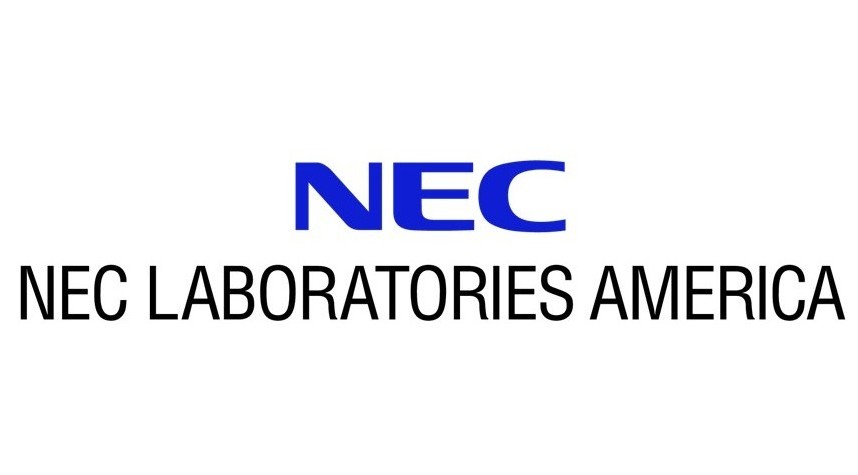Unmanned aerial vehicles (UAVs), such as drones, can carry high-performance computing devices (e.g., servers) to provide flexible and on-demand data processing services for theusers in the network edge, leading to the so-called mobile edge computing. In mobile edge computing, researchers have already explored how to optimize the computation offloading and the trajectory planning of UAVs, as well as how to perform the service handover when mobile users move from one location to another. However, there is one critical challenge that has been neglected in past research, which is the limited battery life of UAVs. On average, commercial-level drones only have a battery life of around 30 minutes to 2 hours. As a result, during operation, mobile edge computing carriers have to frequently deal with service handovers that require shifting users and their computing jobs from low-battery UAVs to new fully-charged UAVs. This is the first work that focuses on addressing this challenge with the goal of providing continuous and uninterrupted mobile edge computing service. In particular, we propose a seamless service handover system that achieves minimum service downtime when handling the duty shift between low-battery UAVs and new fullycharged UAVs. In addition, we propose a novel UAV dispatchalgorithm that provides guidelines about how to dispatch new fully-charged UAVs and where to retrieve low-battery UAVs, with the objective of maximizing UAVs service time. The effectiveness of the proposed service handover system and the proposed UAV dispatch algorithm is demonstrated through comprehensive simulations using a time-series event-driven simulator.

